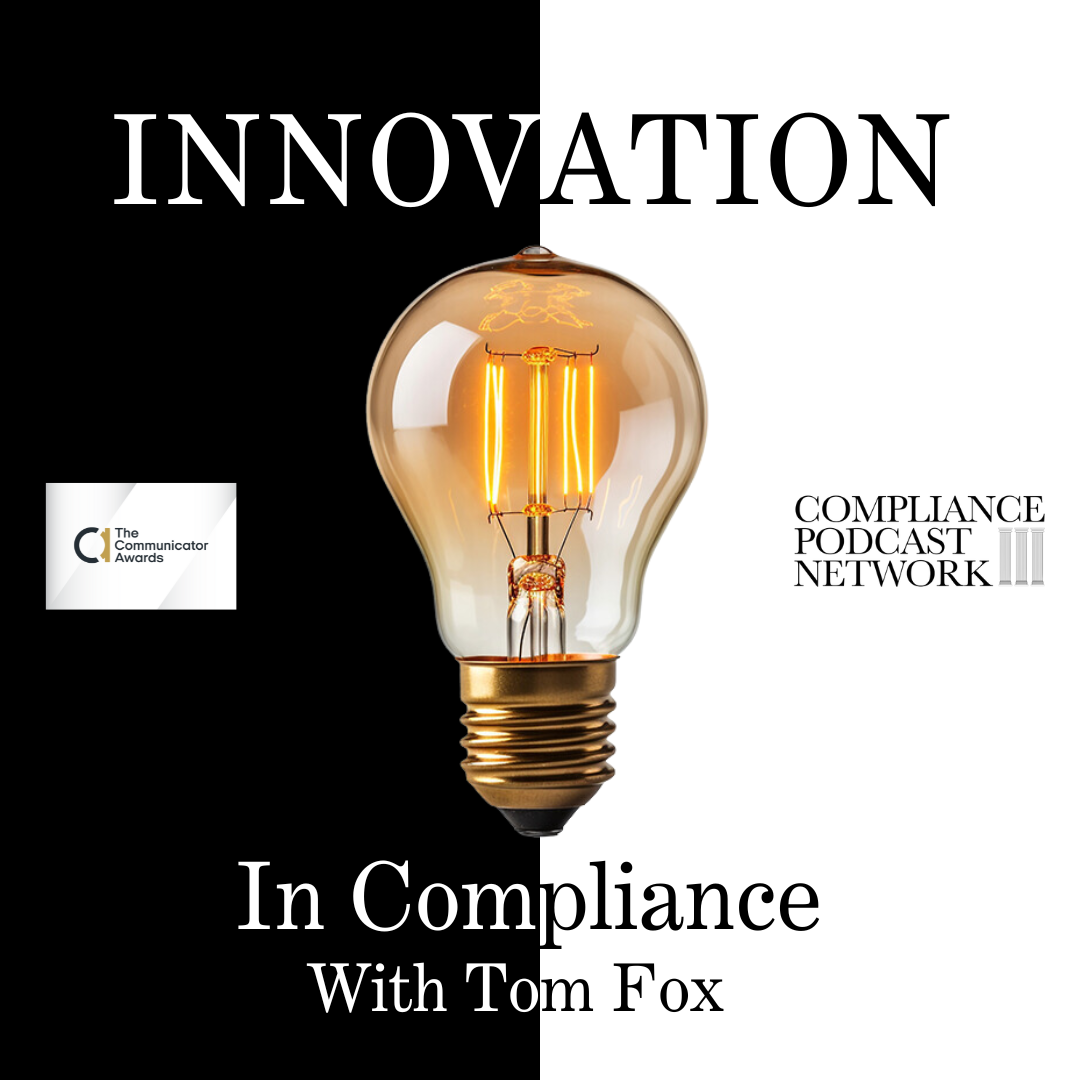Data analytics are becoming an increasingly important part of compliance performance. But how can companies ensure they are utilizing this technology to its fullest potential? I recently visited with Dheeraj Thimmaiah, Global Director of Compliance Analytics at AB InBev, to explore how user experience is the key element to a successful compliance solution and how AB InBev has used BrewRite data analytics tool to turn compliance into a data-driven program. By focusing on middle management, AB InBev has helped drive user adoption and optimize decision-making. He will also explain how he has been able to evolve BrewRite to include features such as alerting users of sanctions-related activity and creating a Quarterly Ethics and Compliance Assurance Report.
Dheeraj suggested three steps you need to follow to garner user adoption of data analytics to facilitate:
- Understand your target audience and their mindset;
- Involve the users in the process of developing the tool; and
- Introduce the concept of data driven compliance with a report.
Understand your target audience and their mindset
The first step in implementing a data analytics tool successfully is understanding the target audience and their mindset. In the case of AB InBev and the development of Brew Right, this involved focusing on the middle management level, as they are the ones directly responsible for interacting with employees and ensuring the tool is used. Dheeraj explained how they worked to slowly introduce the concept of data driven compliance to the middle management and involve them in the journey by allowing them to be part of the end product. They also worked to show the business rationalization behind the tool and how it could help make their day-to-day jobs easier.
The evolution of BrewRite has also been an important part of understanding the target audience and their mindset. In other words, the User Experience or UX. Initially, BrewRite was designed with the focus on transaction monitoring and providing feedback to the machine learning model. However, the way users interact with the tool has changed with the introduction of alert mechanisms, allowing users to be proactive in identifying risks. AB InBev has also introduced the Quarterly Ethics and Compliance Assurance Report, which enables senior level managers to benchmark compliance areas across different regions and empower local fields to take corrective action.
Involve the users in the process of developing the tool
As Carsten Tams continually reminds us, it is always about the UX. Involving the users in the process of developing the tool is essential for successful adoption and use of the tool. When it comes to the development of BrewRite, AB InBev focused on the day-to-day managers who would be using the tool and saw them as a key target audience. They wanted to ensure that the tool was both simple and effective for the users. To do this, they went through a process of changing mindsets to increase adoption and involving the users in the technical processes of the tool’s maturity and evolution.
This ensured that the users were a part of the end product and allowed them to leverage the tool to its maximum value. Additionally, the development team worked to bring an overview to senior level managers by taking different regions, building measures with business leaders, and creating a Quarterly Ethics & Compliance Assurance Report. This allowed the local fields to have insights and take the right actions for corrections needed. By involving the users in the process of developing the tool, BrewRite is able to be successful and make an impact.
Introduce the concept of data driven compliance
Step 3 of the process is introducing the concept of data driven compliance with a Quarterly Ethics & Compliance Assurance Report. This step is an important part of the process, as it will help to ensure that the data analytics tool is being used effectively and efficiently by the users. The first part of this step is to understand who the target audience is. Dheeraj suggests that the target audience should be the day-to-day compliance officers and managers, as they are the ones who are closest to the business transactions that are happening and can leverage the tool to the maximum value.
The second part of this step is to provide a business rationalization for the tool beyond simply having to do it. Dheeraj explained that this was done at AB InBev by pointing to the organization’s transformation to a digitized and monetized way of decision making. The third part of this step is to focus on user adoption. A key mechanism is getting the users involved in the technical process of the maturity of the tool and even the evolution of the tool, so they will contribute to the end product. Finally, the fourth part of this step is to introduce the Quarterly Ethics & Compliance Assurance Report, which will provide senior level managers with a world map that benchmarks which areas are strong in a particular region and which areas require improvement. This will enable the local fields to take the right actions for corrections they need to do.
Data analytics are becoming increasingly important for organizations to remain compliant. Dheeraj and his team at AB InBev continue to show how a successful compliance solution begins with understanding the users and their mindset. By involving the users in the process of developing the tool, focusing on middle management, and creating a Quarterly Ethics and Compliance Assurance Report, AB InBev has been able to maximize the potential of the data analytics tool. By following the same steps and leveraging the right technology, any organization can achieve the same success.
Check out the full podcast with Dheeraj on the use of data analytics at AB InBev here.








